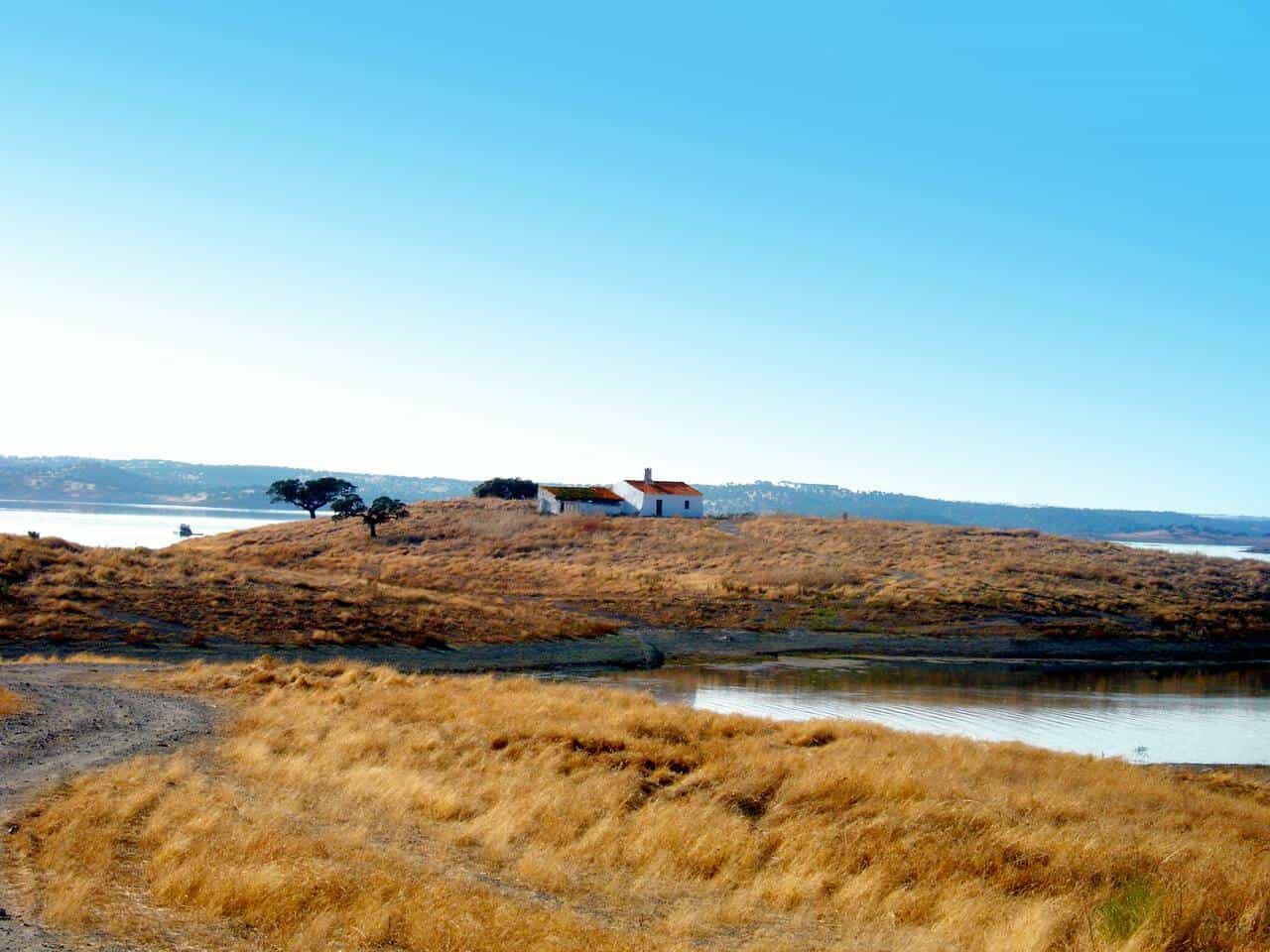In the heart of southern Portugal’s Atlantic coast, Alentejo is revered for its untouched beaches, cork oak fields and countryside vineyards.
In the heart of southern Portugal’s Atlantic coast, Alentejo is revered for its untouched beaches, cork oak fields and countryside vineyards.
As they amble through medieval cobbled streets, visitors often stop to admire the sun-baked olive groves and unhurried hustle of the locals. The region’s acclaimed red wine flows (metaphorically) in through Praça do Giraldo just as it has done for the last 50 years.
Far from the metropolitan glamour of Lisbon and Porto, in this pristine rural region, a cultural revolution is underway. The capital of Evora has recently benefited from an influx of charming hotels and holiday apartments, with contemporary eateries and restaurants helping bring traditional Portuguese charm to its travellers.
Alongside the UNESCO heritage sites and ancient ruins, you will now find open-air markets in Rossio, innovative seaside bistros and even 15th-century monasteries that have been fastidiously converted into hotels.
Here’s our pick of what to do in the region:
Learn about Corktrekking in the Alentejo countryside
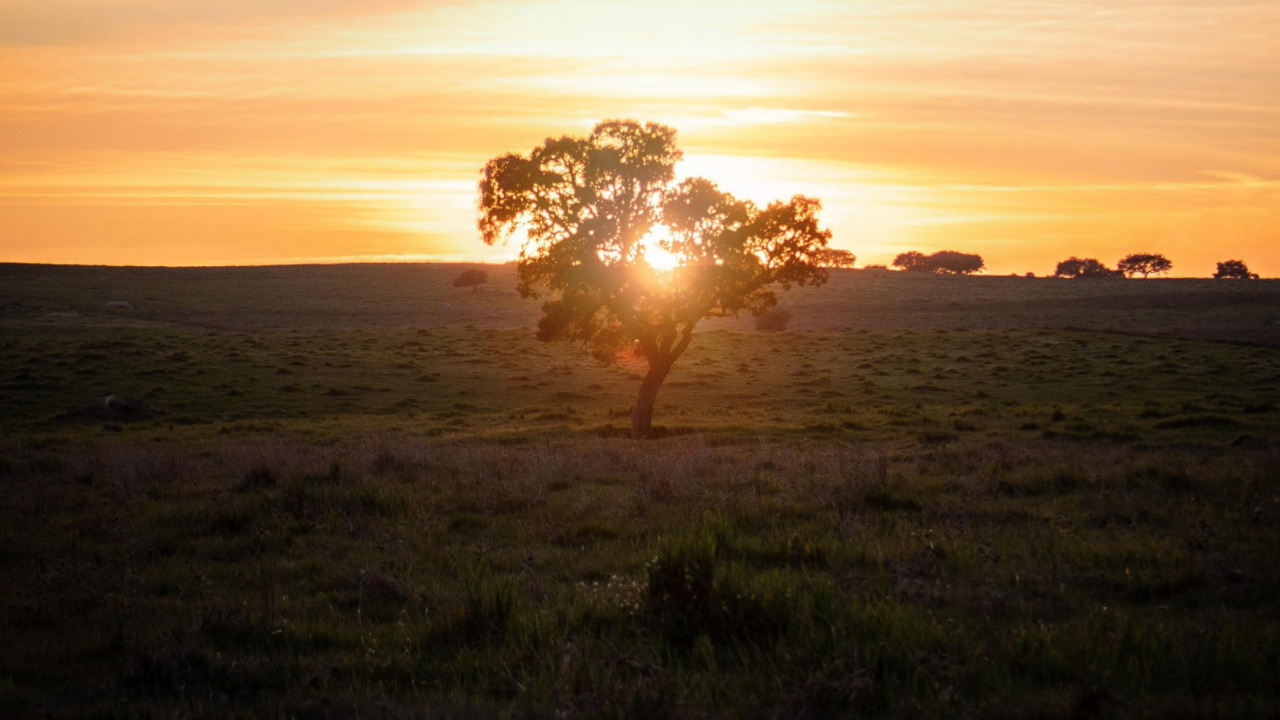
Just a 30-minute ride from central Evora is Alentejo’s picturesque countryside, with its winding timber trails, wide-green valley and hidden bays. The vast fields are home to acres of cork oak and holm oaks trees with walking trails that are perfect for trekking, or as the locals often call it—corktrekking.
Head here for a long weekend and lose yourself in the region of Serra d’Ossa to make the most of exploring these forests—base yourself at one of the countryside agro-farms like Herdade da Maroteira, and enjoy close proximity to the nature reserves.
Try the city’s best Açorda at Restaurante 1/4 P’rás 9
Arguably Alentejo’s signature dish, Açorda à Alentejana is a simple Portuguese bread-soup traditionally prepared with slightly stale local bread and poached eggs.
For a truly memorable bowl of Açorda à Alentejana head to Restaurante 1/4 P’rás 9. Boiled in a saucepan and sprinkled with finely chopped coriander, garlic, white pepper, and olive oil, this is an authentic slurp of joy.
Follow it up with a nibble from the main menu – try one of the seasonal hunting dishes such as pork with Alentejana clams.
Drop by Evora for the UNSECO heritage tour of the city
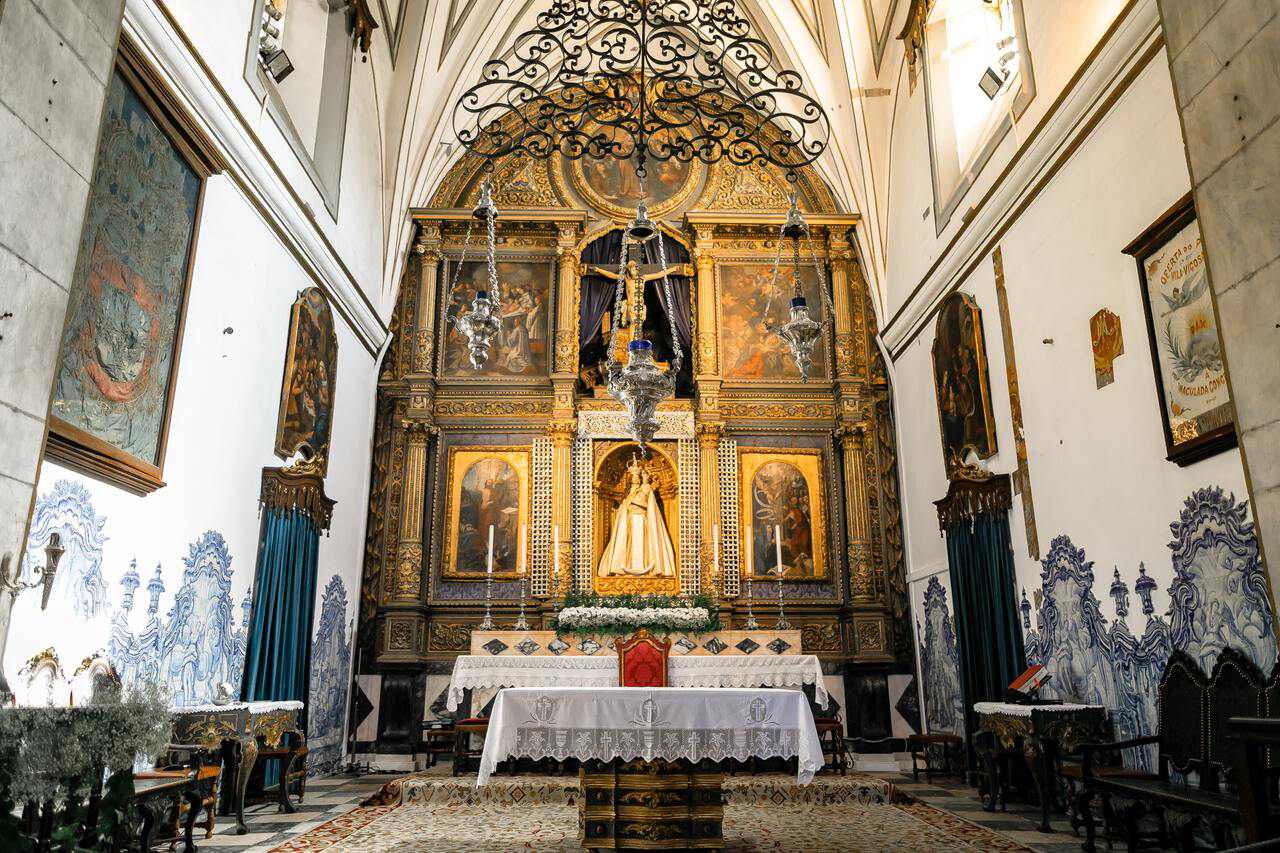
The central stretch of Alentejo’s capital illustrates great periods of Roman history via historical ruins, including masterpieces such as the Templo Romano, Capela dos Ossos, and Almendres Cromlech.
We suggest a walking tour accompanied by a local guide paired with wine tasting experiences to indulge your inner oenophilia. While the intricate landmarks of Evora are a contemporary mix of later European buildings, Moorish architecture, and Roman ruins, it’s the fables and mystical storytelling that makes this place so alluring.
Seek out Mediterranean ambience near Alqueva lake
High up in the Guadiana plains, about a two hours’ drive south of Alentejo, you’ll find the sapphire-coloured Alqueva lake. Try to visit between March and June, when the cork forests surrounding the water are teeming with wildlife and visitors are gathered to hike along the marked trails around it.
If you drive along with the lakeside villages between Telheiro and Estrela, you might even get to see the blue water change to dusky rose right before your eyes.
Marvel at the Portuguese Azulejo tiles on a walking tour
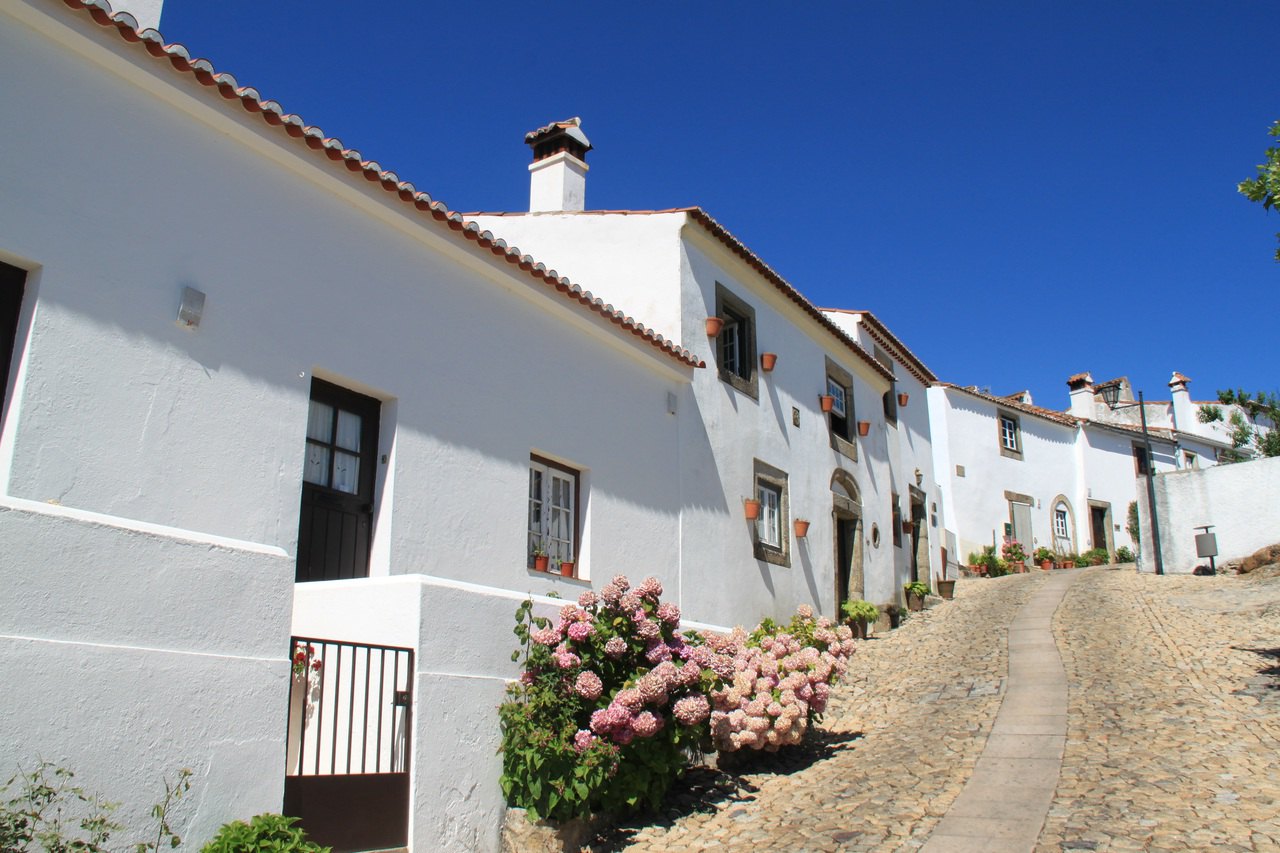
Parallel to Alentejo’s ancient landscapes, the region is home to deep-rooted artistic traditions that continue to inspire modern architecture. If you’ve travelled through Portugal’s major cities, you have likely seen these brightly coloured geometric tiles adorning streets and monuments.
The Azulejo tiles are ornamental art commonly crafted in Portuguese and Spanish colonies that you can see, shop, and even make in Alentejo.
Hop on a free walking tour in Evora or Elvas to learn more about how and why they became a part of Portugal’s artistic legacy. If you’re keen to know more, join a specialised art tour and spend your day with the artisans as you work alongside them in a class to make your own Azulejo tiles.
Explore Vila Nova de Milfontes’s coastal nature park
Part of the Atlantic Ocean coastline, Vila Nova de Milfontes is a parish town often touted for its proximity to Southwest Alentejo and Vicentine Coast Natural Park. This protected landscape is one of Portugal’s most biodiverse forest habitats, home to twelve endemic plant species. Every year, nature enthusiasts and travellers flock here to hike through the finely preserved area, with numbers soaring in the late-summer and spring seasons.
Experience a multi-course fine-dining menu at Restaurante Fialho
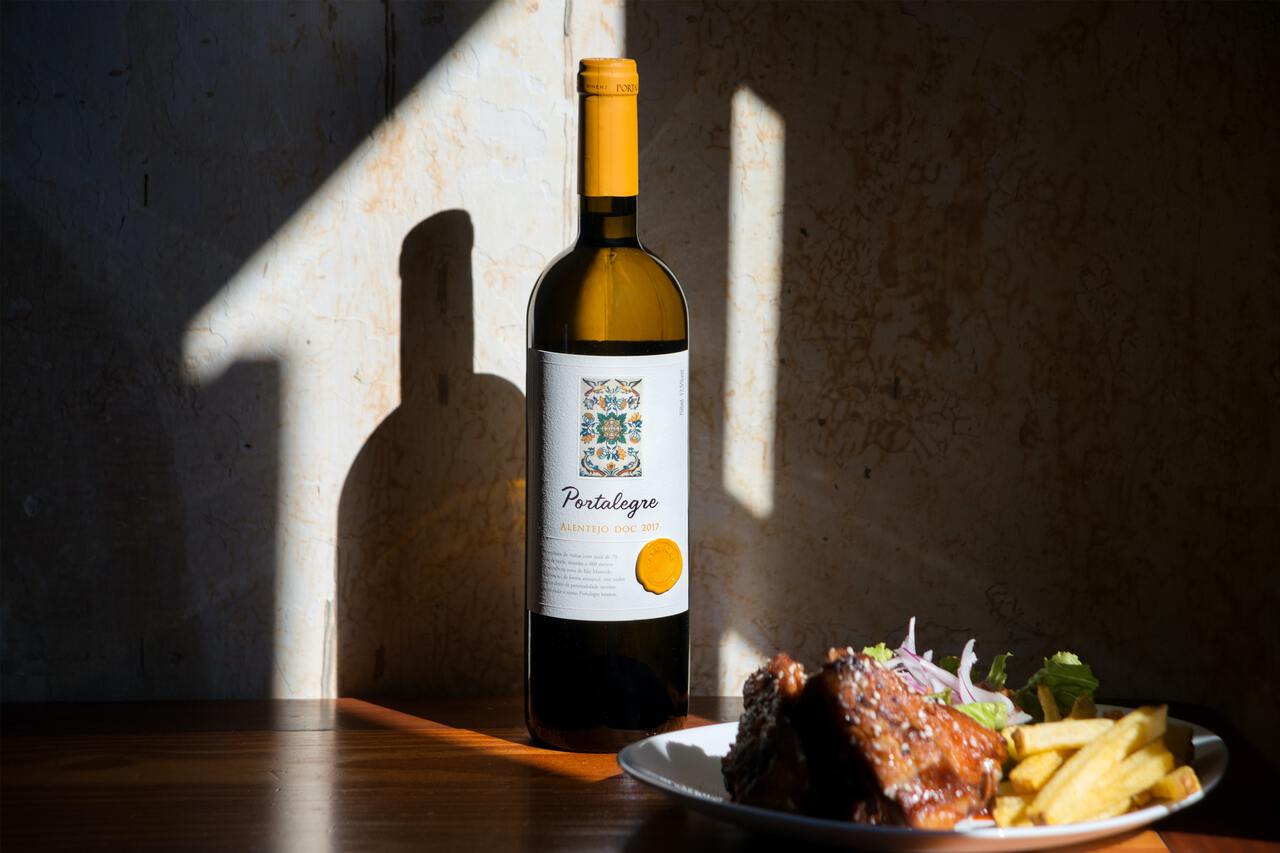
Helmed by the acclaimed Amor Fialho, Restaurante Fialho is not only one of the best restaurants in Alentejo, it’s an award-winning culinary mecca that gained international popularity for its native flavours.
Located in the bustling centre of Evora, Fialho features regional cuisines such as black pork cheeks, partridge, wild boar, and a wine menu with some of the most authentic Portuguese blends in Alentejo, sourced directly from the country’s go-to southerly region.
The family-run establishment is highly sought-after for its Queijadas (a sort of custard cupcake) and is an unbeatable spot to unwind after a long day walking around the city.
Take a tour of the megalithic sites
There are a dozen megalithic sites in and around the Alentejo region. The circuit starts with the Almendres Megalithic settlement, the largest and oldest monument that dates back to 4,000 years. Make a stop at the small village of Nossa Senhora de Guadalupe, and continue along the marked trail to discover Almendres Menhir, Anta Grande do Zambujeiro and more.
If you want to further your journey and learn about the history of these sites, check in at the Vitoria Stone Hotel, a contemporary stay inspired by these prehistoric monuments.
Catch Alentejo’s biggest summer music festival in Zambujeira do Mar

The Sudoeste festival – Portugal’s biggest annual summer celebration – is a five-day musical extravaganza hosted by the fishing town of Zambujeira do Mar. Nestled close to the Alentejo coast and its marvellous beaches, settle in a campsite close to the shore to immerse yourself in the local spirit.
The jolly festivalgoers transform the quaint neighbourhoods into a flurry of cultural and leisure activities alongside art spaces and curbside cuisines.
Hunt for hidden treasures at the Estremoz Market
It’s a half-hour detour from the capital of Evora, but that’s all part of the fun when visiting this vibrant Saturday market. Come early for the garden variety produce and bakery delicacies like pane de casa.
Take a stroll late in the afternoon – the best time according to the locals – as there are stacks of bargains to be found. Expect to find everything from ewe’s-milk cheeses to hard-carved wooden chairs and the kind of delectables that are perfect to take back home such as ochre-pots exclusive to the region.

